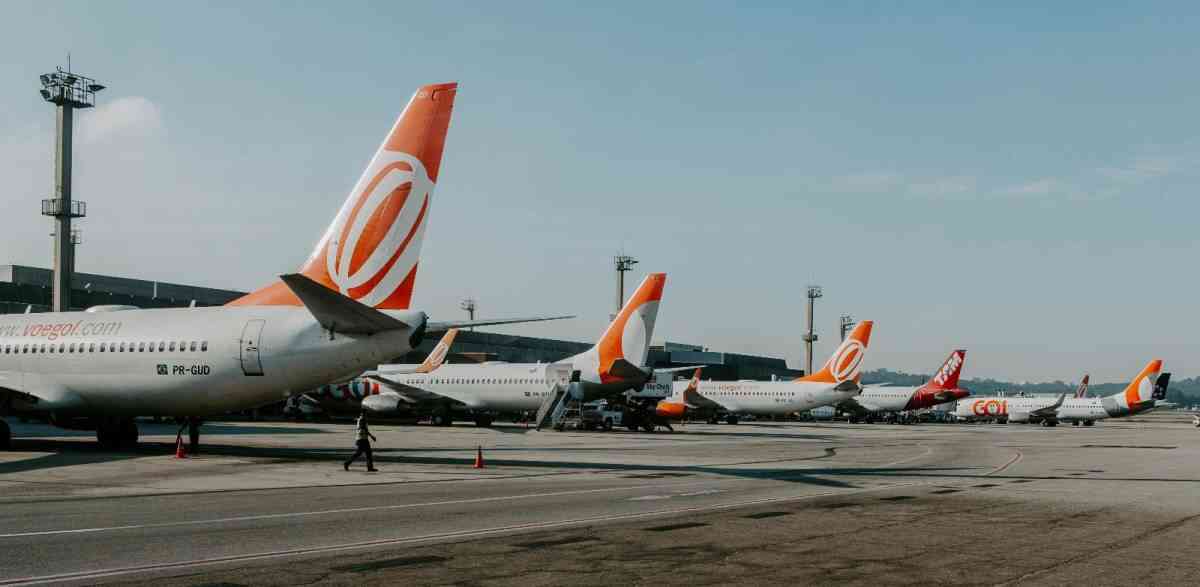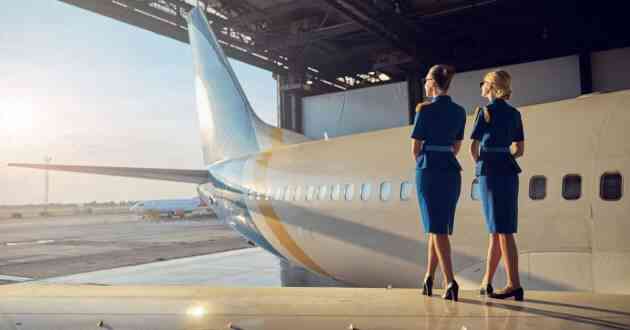How Often Should Aircraft Maintenance Be Performed?

Aircraft maintenance is essential to ensure the safety of the passengers and crew and the smooth operation of the aircra
Aircraft maintenance is essential to ensure the safety of the passengers and crew and the smooth operation of the aircraft. It includes routine checks, repairs, and overhauls of the aircraft's components and systems. One of the most frequently asked questions about aircraft maintenance is how often it should be performed. The answer to this question depends on several factors, including the aircraft type, usage, and regulations governing its operation. This article will explore these factors and guide how often aircraft maintenance should be performed.
Factors: How Often should aircraft maintenance be Performed
Type of aircraft
The aircraft type is one of the most critical factors in determining how often it should be maintained. Different aircraft have different maintenance requirements, depending on their design and complexity. For example, a small single-engine aircraft will require less maintenance than a large commercial airliner. The maintenance intervals for each aircraft type are typically outlined in the manufacturer's maintenance manual and should be followed closely.
Aircraft usage
Another critical factor to consider is the aircraft's usage. Aircraft that are used frequently will require more maintenance than those that are used infrequently. For example, an aircraft flown daily will require more frequent inspections and overhauls than one flown only a few times a year. The type of usage, such as short-haul versus long-haul flights, will also impact the maintenance requirements.
Regulations
Aviation regulations play a significant role in determining how often aircraft maintenance should be performed. The Federal Aviation Administration (FAA) in the United States and other regulatory bodies worldwide mandate specific maintenance intervals for various components and systems. Failure to comply with these regulations can result in fines, grounding of the aircraft, or even legal action. It is crucial to follow the regulations closely to ensure the aircraft's and its occupants' safety.
Age of the aircraft
The age of the aircraft is another critical factor to consider when determining maintenance intervals. Older aircraft may require more frequent maintenance to ensure airworthiness, while newer aircraft may have longer intervals between maintenance checks. However, it is important to note that even new aircraft require regular maintenance to ensure their safety and reliability.
Operating environment
Finally, the operating environment can impact how often aircraft maintenance should be performed. For example, aircraft that operate in harsh environments, such as those with extreme temperatures or exposure to saltwater, may require more frequent maintenance than those that operate in more moderate conditions. Additionally, aircraft operating in areas with high levels of pollution or dust may require frequent maintenance checks to prevent the buildup of debris and contaminants.
Types of Aircraft Maintenance
There are several types of aircraft maintenance, each with its unique purpose. Here are three types of aircraft maintenance:
Preventive Maintenance
This includes daily, pre-flight, post-flight, weekly, and monthly inspections of the aircraft, its systems, and components. Examples include oil changes, tire repair and replacements using an axle jack, battery checks to ensure that it is fully charged and functioning properly.
Scheduled Maintenance
This is a planned maintenance program that involves performing maintenance tasks at specific intervals based on the aircraft's type, age, and number of flight hours. Examples include engine overhauls, avionics upgrades, and landing gear inspections.
Unscheduled Maintenance
Unscheduled maintenance is performed as needed when an issue arises that requires attention. Examples include repairs for damage caused by bird strikes, lightning strikes, or other unexpected events.
Benefits of Performing Aircraft Maintenance
Resale value
Regular maintenance can also help to maintain the resale value of the aircraft. A well-maintained aircraft has a higher resale value and is more attractive to potential buyers.
Performance
Regular maintenance boosts performance by keeping the plane's moving components in top shape. In addition to increased fuel efficiency, lower pollutants, and enhanced performance, regularly maintained aircraft use less fuel.
Adherence
Regular maintenance is mandated by law to keep an aircraft airworthy, and this must be done in accordance with applicable regulations. Aircraft grounding and legal repercussions may result from noncompliance.
Conclusion
In conclusion, how often aircraft maintenance should be performed depends on several factors, including the type of aircraft, its usage, regulations, age, and operating environment. It is essential to follow the manufacturer's maintenance manual and comply with regulatory requirements to ensure the safety and airworthiness of the aircraft. Regular maintenance is critical to preventing mechanical failures and ensuring the aircraft's reliability. By considering these factors, aircraft owners and operators can establish an effective maintenance schedule that meets their specific needs and requirements.



